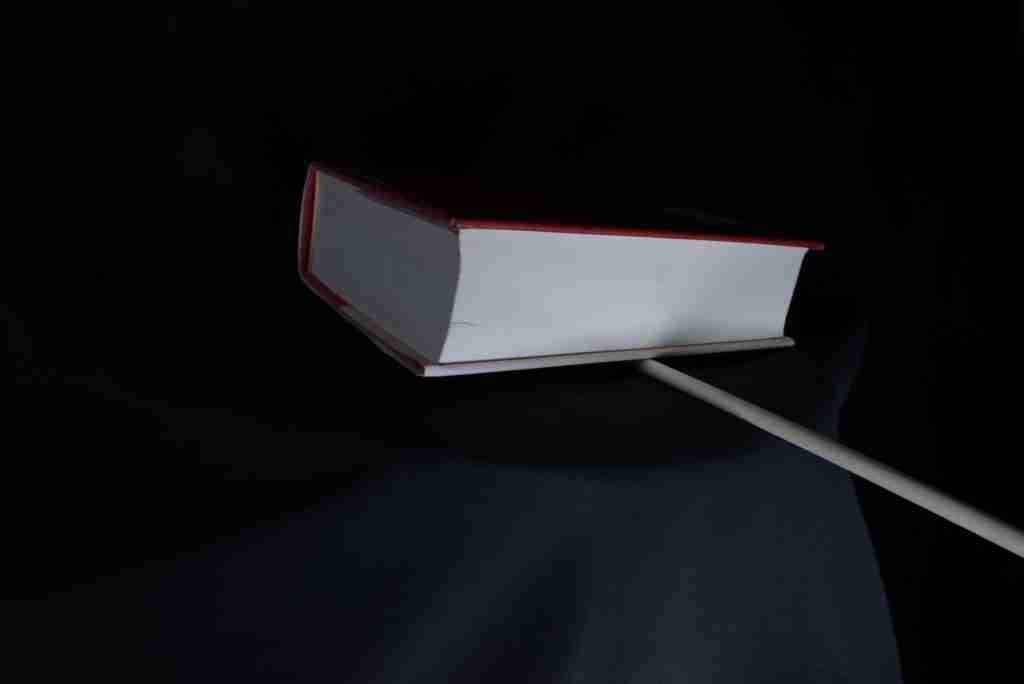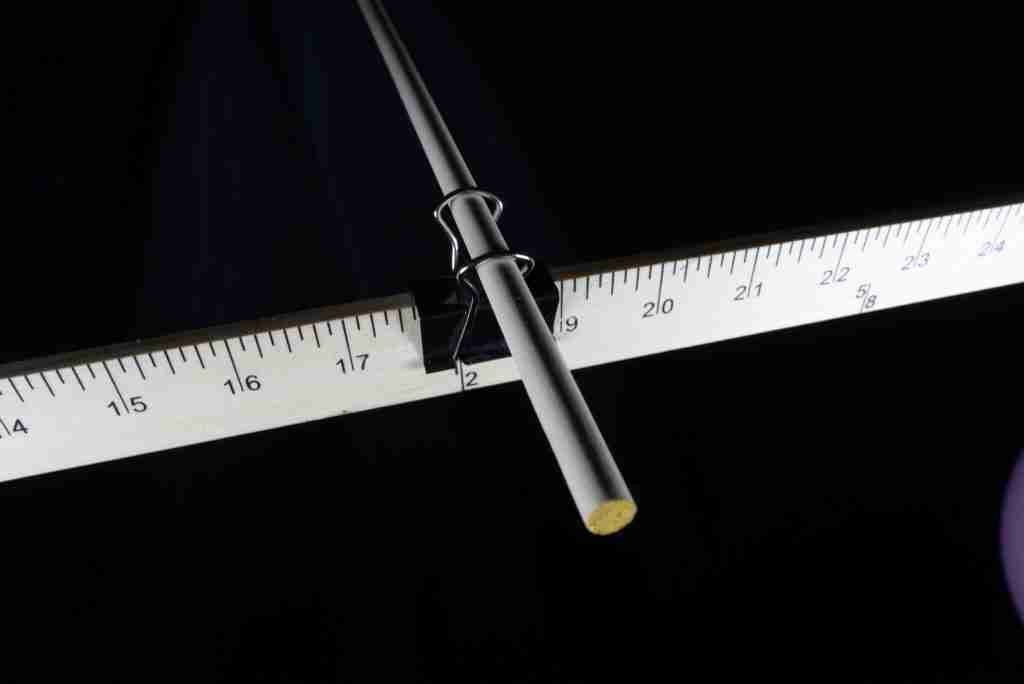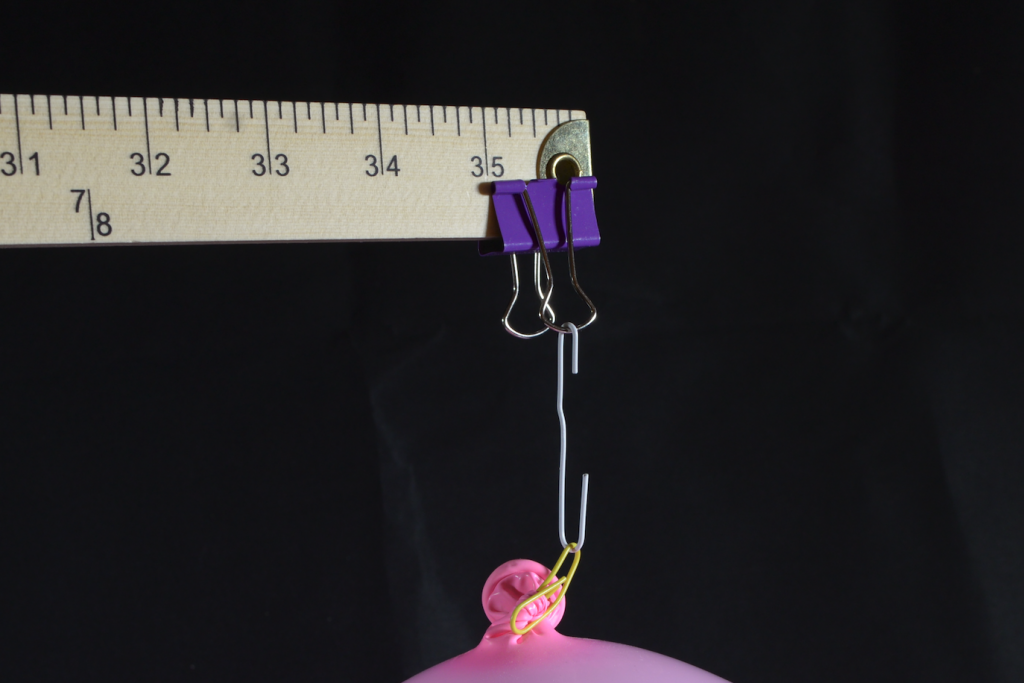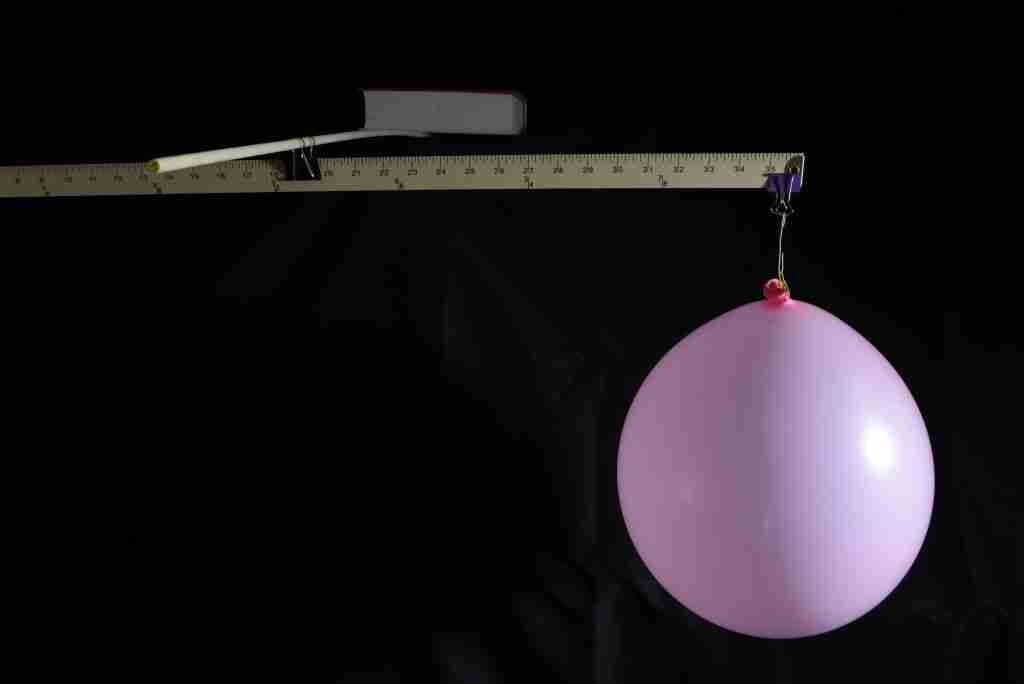Wow, you came off the blocks like a rocket!
Since you came off the blocks like a rocket in PDQ 1 and 2, are you ready for a bigger bite? Next stop, the Experiment!
PDQ2 |
Grades:
Time:
Subject:
Topics:
5-8
5-15 minutes
Chemistry
Properties of Gasses
What do you know about gases like air and Carbon Dioxide? In this experiment we’re going to study some interesting characteristics of gas that many people don’t know. Ready to don your lab coat and get started? Let’s explore further with databot™
As we investigate this crazy Cave of Dogs mystery, a significant clue relates to the concepts of volume, weight, and density.
When you walk about, do you realize you have a tremendous amount of weight from air pressing down on your body? Air actually has weight, and because we can’t see it and we don’t feel it many people don’t think it weighs anything! In this activity you will actually “weigh” air using a highly precise balance scale that you build yourself.
In addition to weighing air, you will also get to weigh the Carbon Dioxide (CO2) you captured in your balloon against air! What do you think is heavier – air or CO2? Let’s explore and find out!
Understand and Recognize:
Study these 4 pictures carefully to see how you will build your own, highly sensitive scale using simple materials. This scale, although simple, is sensitive enough to weigh air – remarkable!

Use a weight such as a book or other heavy object to hold your pencil or dowel. Your scale will balance on this rod so make it stable!

Use one of your binder clips to hang your yard or meter stick as shown. Carefully adjust the clip until the stick balances perfectly!

Look closely at how the balloon is pinched off using a paper clip, another paper clip acts as a “hook,” and the binder clip attaches this whole assembly to your scale. Simple materials – awesome outcome!

Voila! Your finished scientific apparatus – behold your scale!
Stage 1: Does Air Have Weight?!
State 2: What is Heavier, CO2 or Air?
Since you came off the blocks like a rocket in PDQ 1 and 2, are you ready for a bigger bite? Next stop, the Experiment!
Educator Info
Atmospheric Pressure, the weight of air
WW2010, University of Illinois
http://ww2010.atmos.uiuc.edu/(Gh)/guides/mtr/prs/def.rxml
Balancing Balloons, Air Has Weight
Fun Science Demos with Jared, Youtube Video
https://www.youtube.com/watch?v=o5LT_wfI98wCave of Dogs
NASA, Does Air Have Weight? How Do You Know?
A Structured-Inquiry Activity
https://www.nasa.gov/centers/langley/pdf/245898main_MeteorologyTeacherRes-Ch7.r3.pdf
“File:Johnny-automatic-scales-of-justice.svg” by johnny_automatic is licensed under CC0 1.0
 The Cave of Dogs by Robert O. Grover & Team databot™ is licensed under a Creative Commons Attribution 4.0 International License. Permissions beyond the scope of this license may be available at databot.us.com/contact.
The Cave of Dogs by Robert O. Grover & Team databot™ is licensed under a Creative Commons Attribution 4.0 International License. Permissions beyond the scope of this license may be available at databot.us.com/contact.